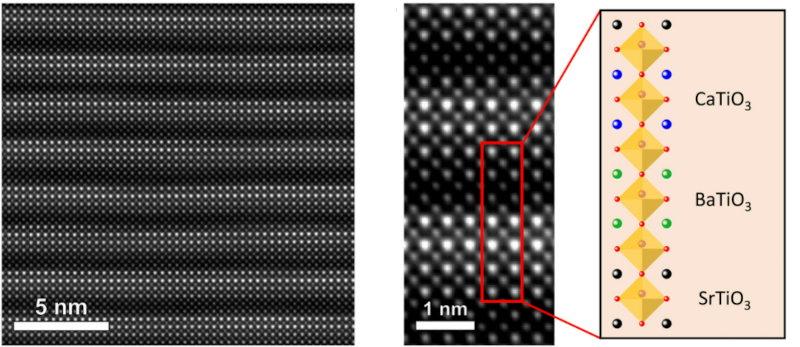
Researchers claim that using several very thin layers of ferroelectric crystals can lead to significantly better ferroelectric solar cell efficiency. But don’t pull the panels off your roof yet. Conventional cells are still much more efficient than ferroelectric devices — at least, for now.
Unlike conventional silicon-based solar cells, ferroelectric cells don’t depend on a PN junction and — in theory — can be cheaper and easier to produce. However, they typically don’t absorb as much sunlight as other materials.
Barium titanate alone exhibits some electric current when exposed to sunlight, but it isn’t nearly as efficient as modern silicon solar cells. However, when the researchers produced a 200 nanometer-thick film “sandwich” made of barium titanate in between layers of strontium titanate and calcium titanate, the output current went up by a large factor. The resulting cells are still not up to par with commercial silicon cells, but they are a lot closer.
The work was done at Martin Luther University Halle-Wittenberg, a German institution. If you do a search, they seem to do a lot with ferroelectric materials like barium titanate.
If you want to roll your own panels, this material might be a bit hard to recreate. You might find some inspiration looking at other thin-film cells, though.
0 Commentaires